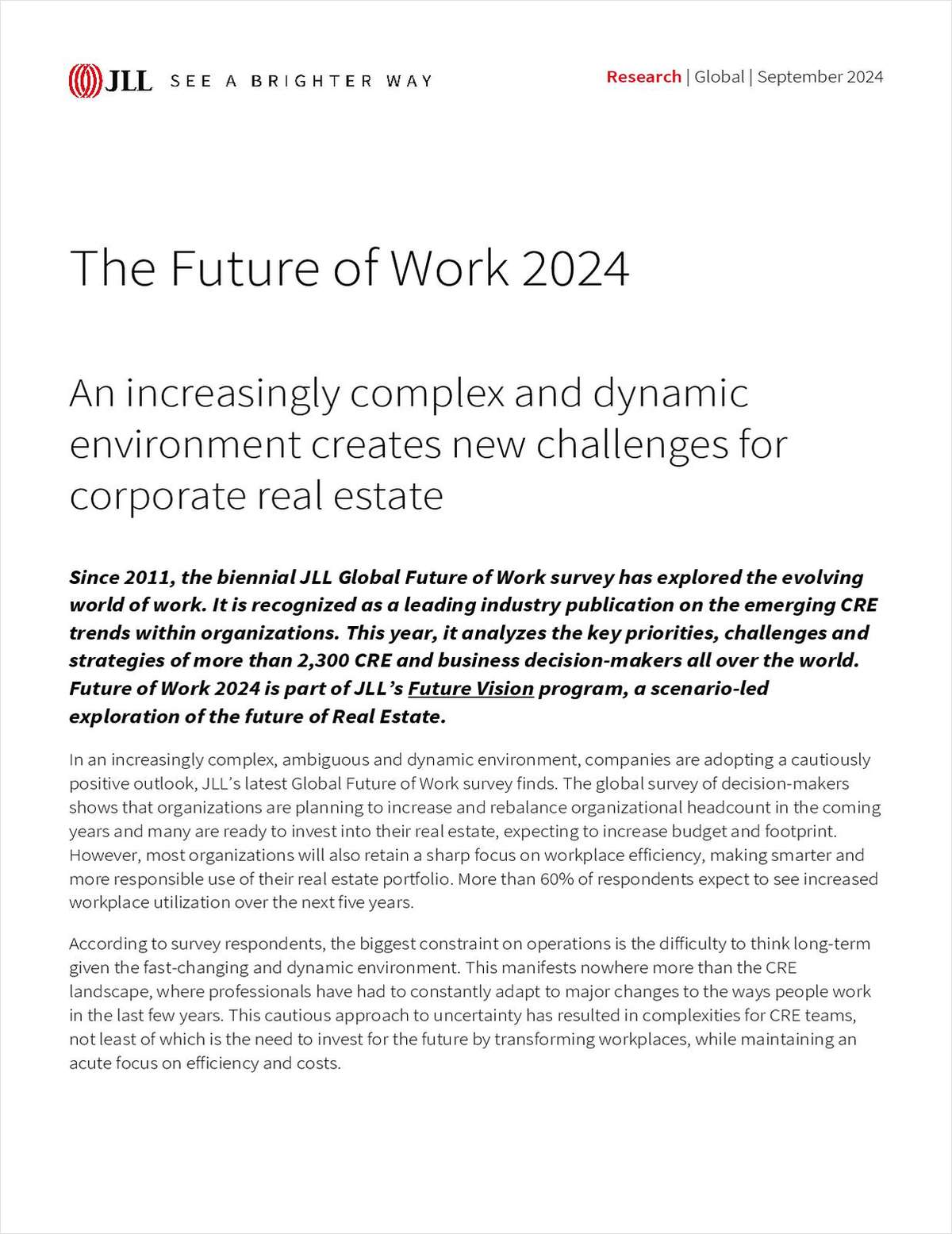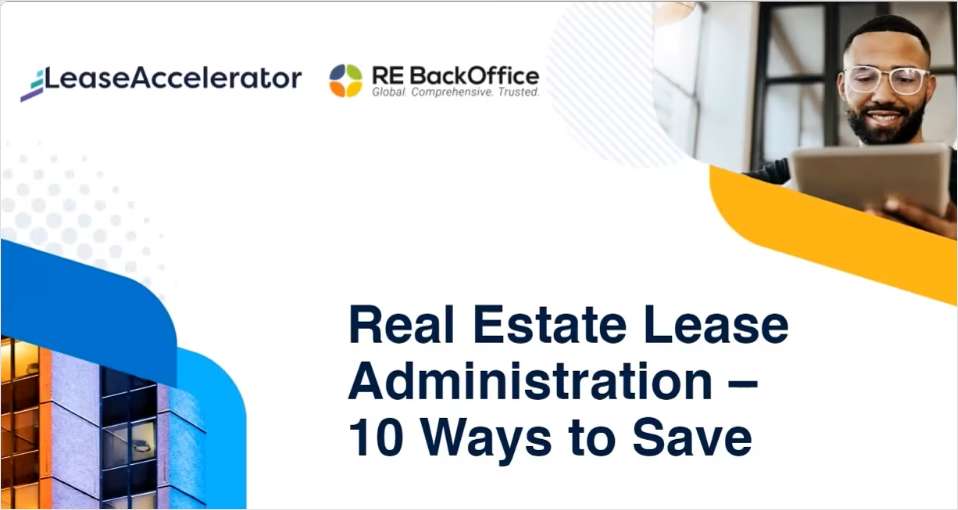Dr. Stephen S. Fuller, director of the Center for Regional Analysis at George Mason University, compiled these and other figures in order to quantify the commercial real estate industry's impact on the greater economy for an analysis sponsored by the National Association of Industrial and Office Properties Research Foundation. "I was surprised at the scale and cumulative impact the commercial real estate sector actually has on the economy," he said during a conference call discussing the report's findings.
"We have always known intuitively that the commercial real estate industry has had a tremendous impact on the economy," Thomas J. Bisacquino, president of NAIOP, also said during the same call. "But up until this report, we have been unable to quantify the impact [it] has had."
The report, "the Contribution of Office, Industrial and Retail Development and Construction on the US Economy," also quantified the ongoing benefits commercial real estate delivers to a locality even after the building is complete, Fuller told listeners. "Economic benefits do not end with a ribbon cutting," he said. "There are recurring expenditures for building operations, for instance."
Fuller noted that ongoing maintenance and operating costs contributed $3.6 billion to GDP. Soft costs, such as site development and tenant improvements, contributed $228.93 billion, while $265.9 billion was spent on the hard costs, or actual construction outlays.
The commercial real estate also supported some 4.2 million full-time equivalent jobs in 2005, generating personal earnings of $155.8 billion. The study found that each $1 million spent in new construction supports 28.5 full-time jobs.
The report also identifies the top states by construction value. It found that Texas leads in industrial construction, while California leads in office, warehouse and retail. Overall, for total commercial construction, California ranks first, Texas second and Florida third, followed by Georgia, Illinois, Indiana, New York, Ohio, Virginia and Arizona.
The pervasive impact of the commercial zone--which can be felt in almost ever sector of the economy, such as retail sales--will mitigate to a great degree the slowdown in residential building, Fuller believes. "It is clear [commercial real estate] is running at a different pace than residential."
"By 2005, all subsectors of nonresidential construction were accelerating, helping to offset slowing residential building construction outlays in 2006 and 2007," he wrote in the report.
Want to continue reading?
Become a Free ALM Digital Reader.
Once you are an ALM Digital Member, you’ll receive:
- Breaking commercial real estate news and analysis, on-site and via our newsletters and custom alerts
- Educational webcasts, white papers, and ebooks from industry thought leaders
- Critical coverage of the property casualty insurance and financial advisory markets on our other ALM sites, PropertyCasualty360 and ThinkAdvisor
Already have an account? Sign In Now
*May exclude premium content© 2024 ALM Global, LLC, All Rights Reserved. Request academic re-use from www.copyright.com. All other uses, submit a request to [email protected]. For more information visit Asset & Logo Licensing.








